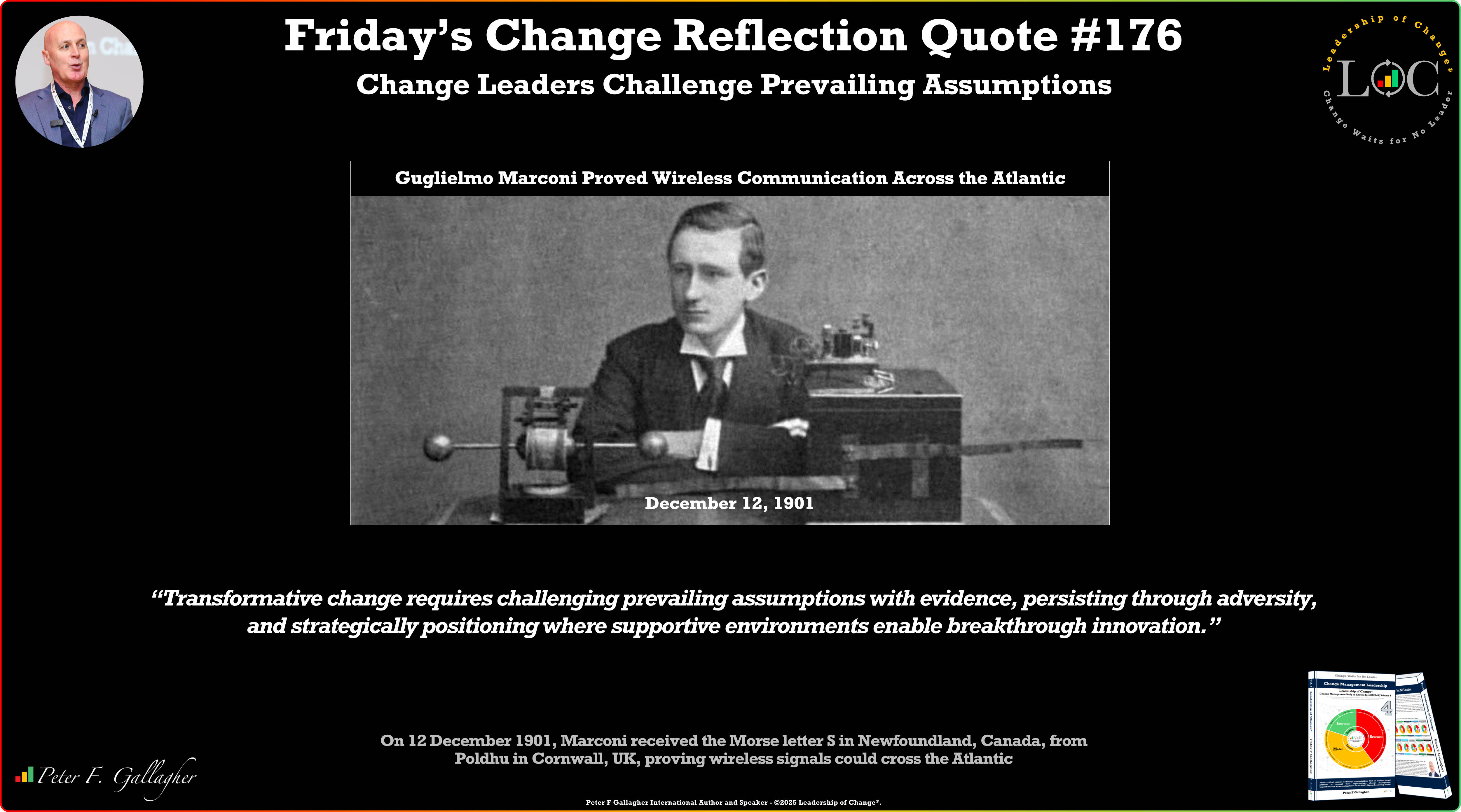Aug29

The following is based on ideas from my recent book, Meaningful Measurement of the Customer Experience, now available everywhere.
In the last two articles in this series, we explored two external, or customer-facing categories of customer experience metrics: quantitative and qualitative. Now we are going to move from the external, or customer-facing customer experience metrics, to the internal metrics. We will start with product metrics, as shown in the figure below (Figure 2.6.1).

Figure 2.6.1, Quantitative measurement as defined in the CX measurement framework
Product metrics include the tools and services the organization produces for customers. Thus product metrics can be defined as how a product or service performs, such as the up-time of a mobile app or website, or the effectiveness of search engine functionality. These types of measurements are often diagnostic in nature.
Here are a few examples of product metrics as they relate to customer experience:
Mobile app or e-commerce website up-time
Effectiveness of search functionality in FAQs/knowledgebase
Wait time in-store, online, or on a customer service line
Here are a few examples of how to measure product metrics for customer experience:
Analytics tools for web and mobile applications
Diagnostic tools for system performance
Customer service metrics such as queue times
Product metrics are ones that an organization often has direct control over, and they are most often objective, quantitative ones. This means that as long as the important metrics are well-defined, and measurement platforms are in place, they can be measured with relative ease.
This type of internal measurement also gives companies an opportunity to get out ahead of potential issues by seeing, and in some cases anticipating, them in advance of an issue that might create a poor customer experience.
There are obvious cases such as an e-commerce website being unavailable, or content not loading in a mobile app, where customers will complain, or simply go elsewhere and not purchase from your company if they occur. Outside of those examples, you might not hear from your customers about some of the challenges they face, because your product or service metrics are not something that is as directly understood by consumers.
Instead, the onus is on your product and service teams to measure and identify existing and potential issues and stay on top of them as promptly as they can. Ideally, this would be before your customers even notice.
This can sometimes be a challenge because many products and platforms that affect your customers are managed by teams outside of the customer experience, success, or service departments. Whether it is marketing, IT, or any other number of teams, product metrics and issues with products often require collaborative solutions. Depending on how closely teams are aligned, and how much of a priority CX is across all teams, this can prove more of a roadblock than it should. When you add other partners and third party platforms to the mix, this can provide even greater complexity.
Product metrics provide an internal window into what your customers are experiencing and also provide a direct method for your teams to make meaningful improvements to key processes within the customer journey. You shouldn’t wait for customers to start complaining or for sales to drop off to measure, analyze and build processes to improve them. Get ahead of these potential challenges before your customers even realize they could have it better!
In the next article in this series, we are going to discusss process metrics for customer experience.
This article is based on ideas from my recent book, Meaningful Measurement of the Customer Experience, now available everywhere.
Keywords: Analytics, Customer Experience, Marketing
 Data Isn’t the Problem. Alignment Is.
Data Isn’t the Problem. Alignment Is. Friday’s Change Reflection Quote - Leadership of Change - Change Leaders Challenge Prevailing Assumptions
Friday’s Change Reflection Quote - Leadership of Change - Change Leaders Challenge Prevailing Assumptions The Corix Partners Friday Reading List - December 12, 2025
The Corix Partners Friday Reading List - December 12, 2025 Measuring the True ROI of Automated Claims Processes: Beyond Speed and Cost
Measuring the True ROI of Automated Claims Processes: Beyond Speed and Cost The New Silicon Frontier: Specialization and the Diverse Landscape of AI Chips
The New Silicon Frontier: Specialization and the Diverse Landscape of AI Chips